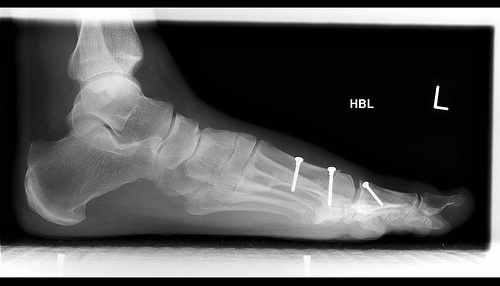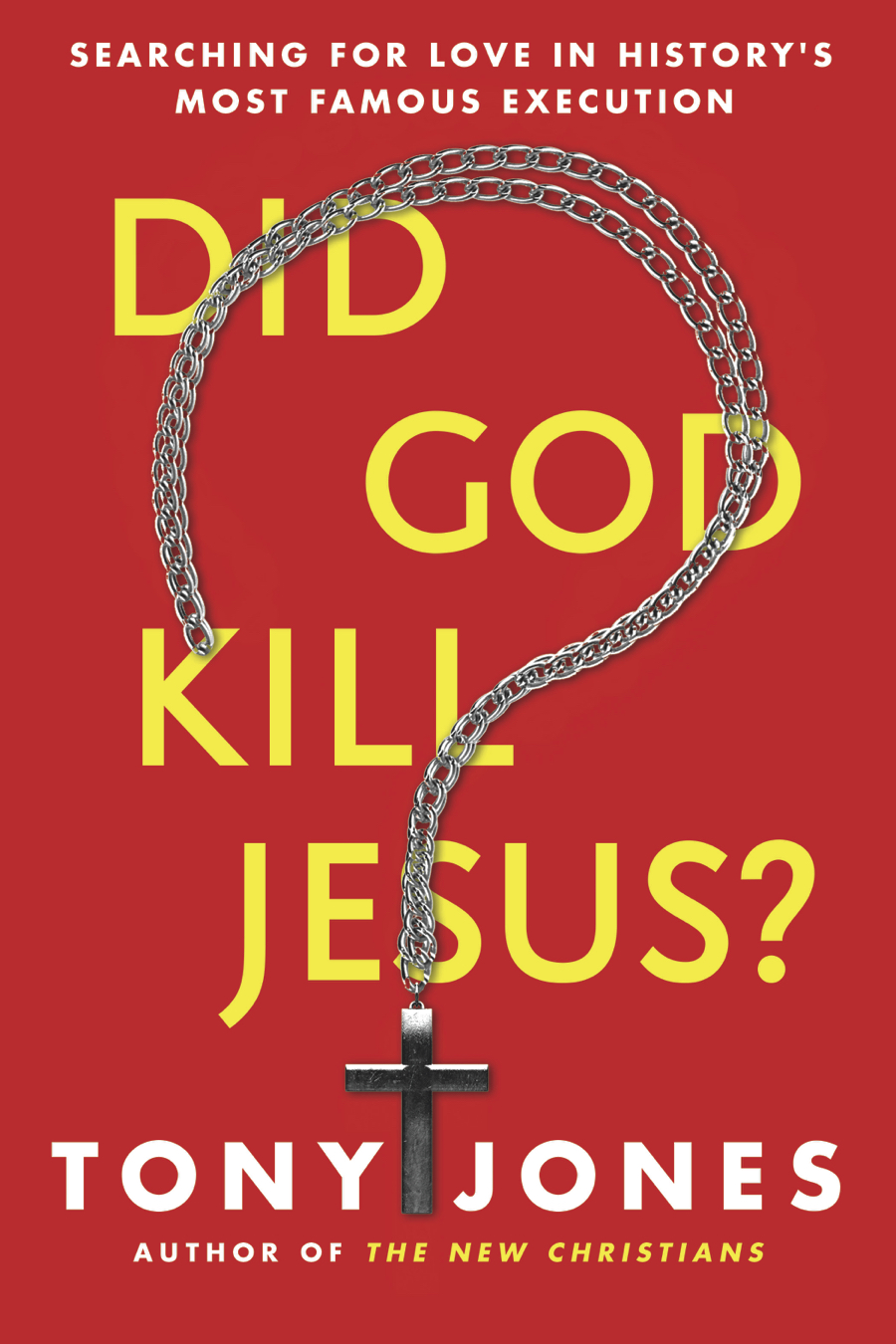I discovered lectio divina many years ago, during a very spiritually dry time in my life. In the time since, I have practiced lectio innumerable times, and it’s become a core aspect of my spirituality. Maybe even more importantly, it’s given me a renewed sense of love and appreciation for the Bible (and that’s saying something).
A few years back, I wrote a book on the practice of lectio divina. It’s called Divine Intervention: Encountering God Through the Ancient Practice of Lectio Divina, and this week you can get the Kindle version for 99¢.
See below for an excerpt.
And see all the Tony Jones and Doug Pagitt books on sale this week.
Excerpt from Divine Intervention: Encountering God Through the Ancient Practice of Lectio Divina
How We Read the Bible
Ultimately, of course, life change is why we read the Bible, too. While it may be informative (teaching us about the history of Israel) and entertaining (a lot of those stories would make great movies!), Christians read the Bible because it changes us from the inside out. We believe that God has something to deliver to us via his inspired Word. The Bible wasn’t written over so many years because we need a history book—although we do. No, God inspired it so we would have a special revelation from him, a connection to him and his kingdom.
This realization should enliven us every time we crack open our Bibles, right? We should open our favorite Bible brimming with expectation about how we might be transformed today by this reading! But, unfortunately, in my experience, that’s not what happens. And a lot of people agree with me—the Bible is difficult to read and tough to understand. An experience I had a couple years ago bears this out.
I led a small group of high school seniors every year, so I met with the juniors in the spring and asked what they’d like to study the next fall. I figured they’d want to have an issues-oriented year—a couple weeks each on topics such as evolution, abortion, sex, homosexuality—because seniors usually want to talk about these topics to prepare for college.
To my surprise, these juniors said they’d like to study the Bible to get to know it better. They felt their biblical knowledge wasn’t strong enough to handle the rigors of college.
I let them know I was surprised and went on to say that in my experience high school Bible studies that aren’t issues-oriented or that don’t follow a workbook rarely work because the students often don’t do the reading.
“Yes!” they all cried in unison, almost breathing a sigh of relief that I might let them off the hook.
“I have the hardest time reading the Bible,” Emily said. “My mind always wanders.”
“I think it’s really boring,” agreed Craig.
Drew chimed in, “It’s so hard to understand with all those names I can’t pronounce and places I’ve never heard of.”
The rest concurred. They considered the Bible almost unapproachable—big, daunting, and difficult. Indeed, this is why so many publishers have come out with books for high school students containing just the gospel of John or the book of Psalms. It’s also why youth-group curriculum is often “hunt-and-fill”—search for one verse, fill in the blank, search for another verse, fill in the blank, and so on. Rarely are these curricula a long and involved look at a lengthy portion of scripture.
Students’ near desperation and the hunt-and-fill curriculum are a result of a certain way we read the Bible. We most often read like miners. We go down into a dark mine shaft and pick away at a huge wall of words until we crack off a gem. That’s what we take away from our time with the Bible. That’s why you hear so many people tell you about their favorite verse (or half verse) in the Bible, but it’s not so often that someone goes on about their favorite chapter, or even book, of scripture.
Another metaphor I often use is of a scientist in a lab coat. That’s how I was trained to study the Bible in seminary. I was taught, metaphorically, to put a passage in a petri dish under a microscope and try to determine what it means by breaking it into its smallest parts. I know Hebrew and Greek, so I have the tools to crack it open. Unfortunately, all of this study hasn’t made the Bible more alive to me. Instead, it’s taught me to see the Bible as a problem to be solved.
This same dilemma is at the heart of the many study Bibles available for purchase today—each promises to help us through this challenging book with notes that explain the meanings of difficult words, cross references that tell us where to find similar verses, and life-application boxes that interrupt the flow of the story to tell us how to apply biblical truth to our lives.
All of this is a result of the most common way of reading the Bible today: We consider it a problem to be solved or a nut to be cracked, as if God gave us a strange riddle wrapped in poetry, history, prophecy, gospel, epistle, and apocalypse that we have to solve to find out what it means to us today.
Another way of thinking about this perspective is to say that we stand over the Bible and attempt to interpret it.
This book is about something else. It’s about an ancient way of putting ourselves under the Bible and letting it interpret us—lectio divina.











